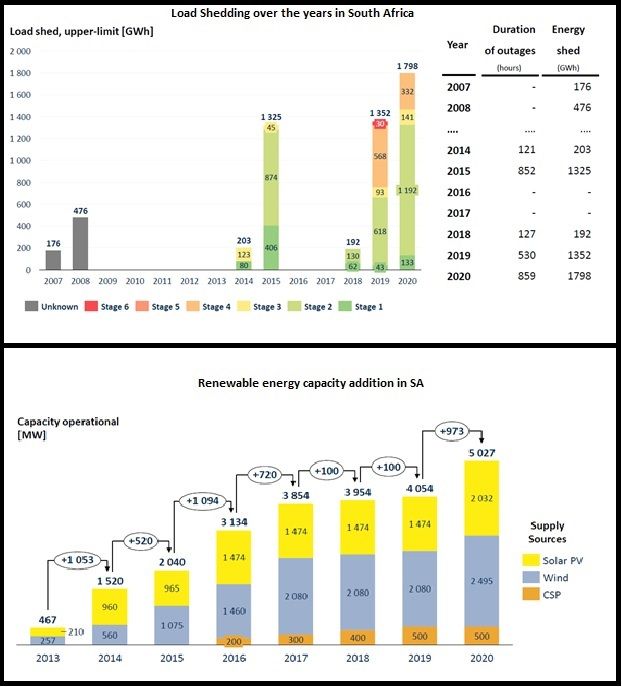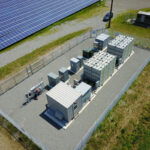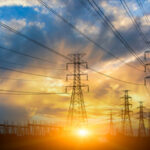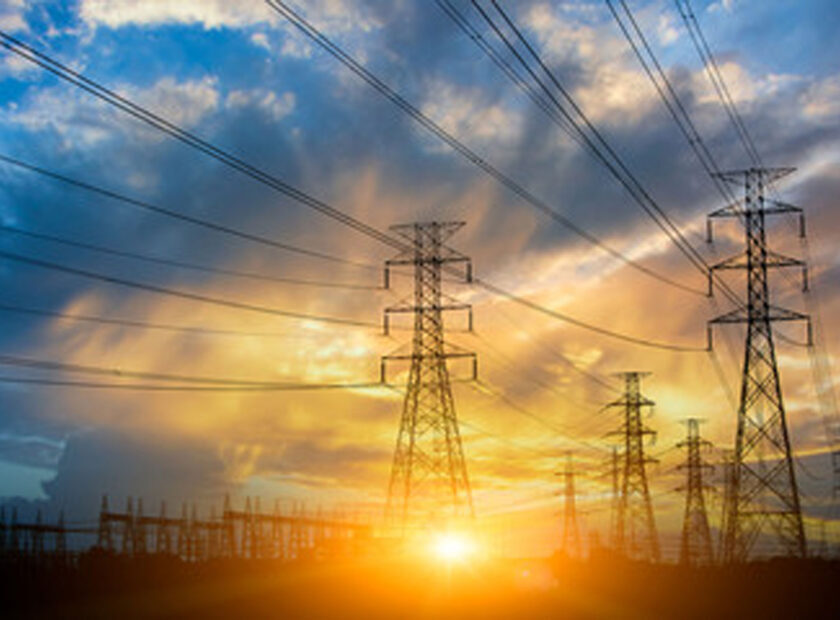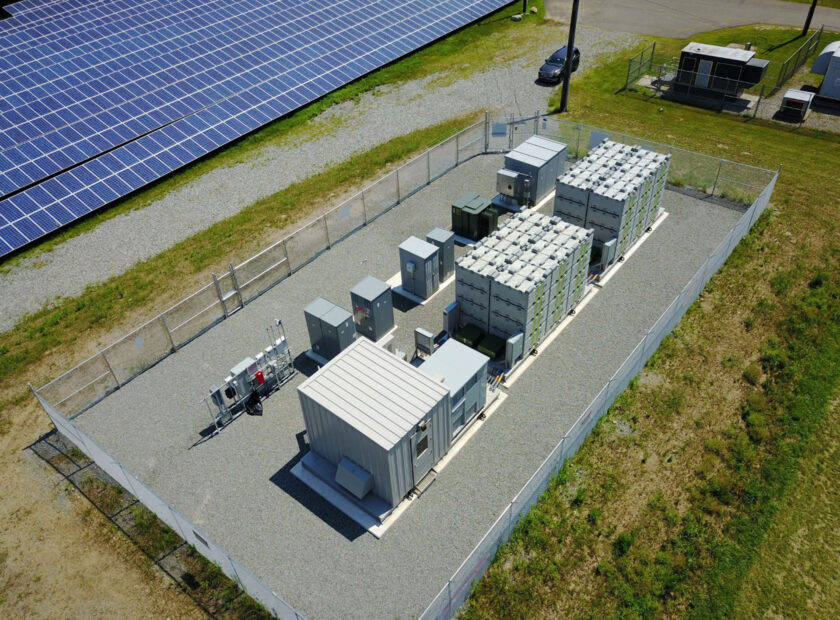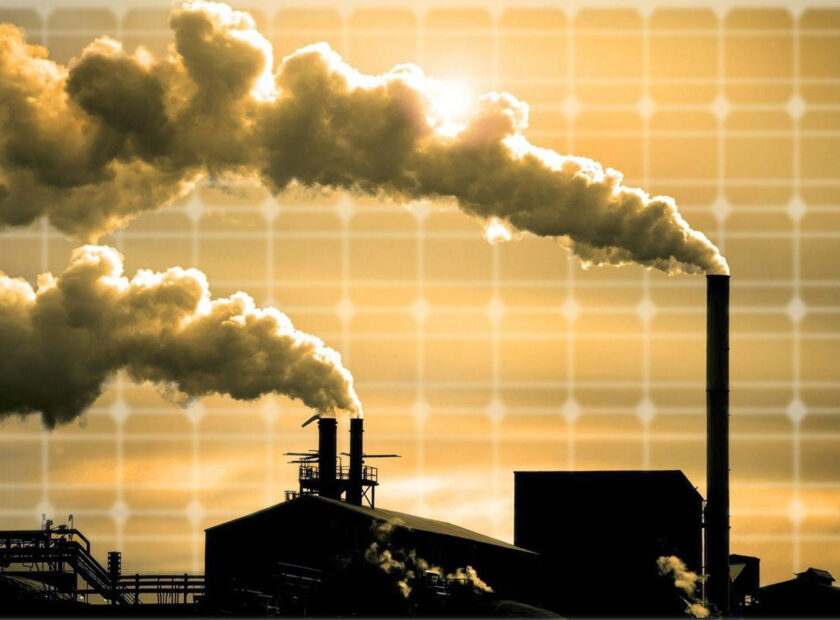Is Distributed Power Generation the answer to the South Africa’s power crisis?

The increasing Stage2 load-shedding by #ESKOM in #SouthAfrica has been extensively covered in the news lately, with the organization receiving criticism for the same. The timing of this coincides with the publishing of a CSIR report which draws attention to South Africa’s power generation capacity that declined by almost 9% compared to 2010, leading to increased #LoadShedding.
The good news is that #RenewableEnergy‘s contribution to the country’s energy mix is more than 10% now, which could have been achieved earlier if previous bid window PPAs totalling 2.4GW capacity had been signed on time. Many energy experts believe that new generation capacity under the risk mitigation Independent Power Producer (IPP) program will not be operational before the end of 2022. It is considered to be an overly optimistic target, given the process and construction time required to build such large capacities.
However, the role of distributed #PowerGeneration capacity should not be overlooked here, as it can help bridge the current electricity gap swiftly since they take significantly less time to build. This is, however, subject to NERSA’s timely implementation of generation license exemption for over 1MW capacity, and a few other reforms that are essential for hastening the process.
